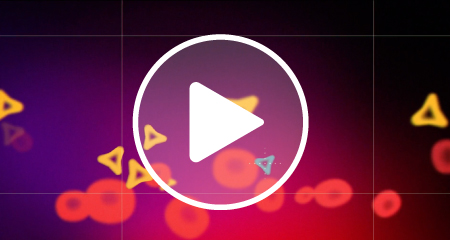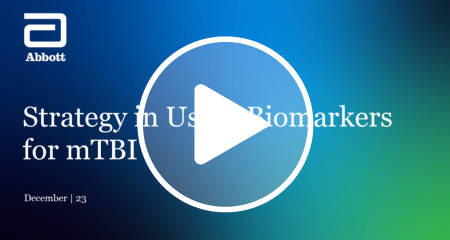Life plays rough. When an mTBI is suspected, Alinity i TBI takes the guesswork out of mTBI assessments,—detecting blood-based biomarkers of mild brain injury within 12 hours of head trauma. When used in conjunction with other clinical information, this efficient blood test gives physicians the power to predict the absence of intracranial lesions in adult patients with suspected mTBI—accelerating triage, helping them confidently discharge patients faster and potentially improve emergency department (ED) care optimization and efficiency.1, 3-6
Abbott’s Alinity i TBI test aids doctors in evaluating a suspected mild traumatic brain injury (such as a concussion) in people 18 and older within 12 hours of injury and specifically help rule out the need for a head CT scan.*
* Alinity i TBI IFU
See below for full intended use and important safety information.






